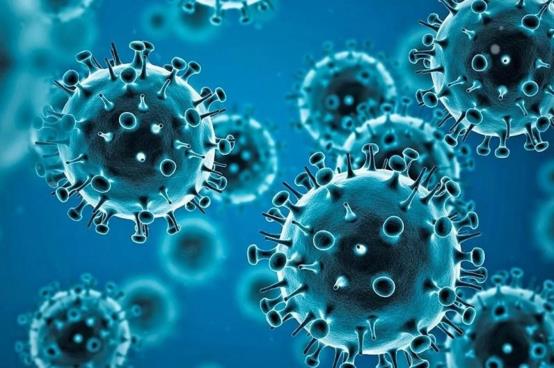The mole cular level of NAD+ im pact on immunity to COVID-19
In a study published in the Journal of Infection and Public Health, scientists in Bahrain detailed the molecular level of NAD+'s impact on immunity to COVID-19. The researchers noted that COVID-19 infection causes cellular NAD+levels to be depleted, and restoring NAD+ levels could reduce the severity of the body's immune response to infection to improve outcomes in COVID-19 patients. They believe that understanding the mechanisms of the immune response in SARS-CoV-2 will make it possible to develop treatments for the infection.

Studies have shown that changes in the immune response accompany aging, including a reduced ability of the immune system to fight off infectious diseases and a reduction in the effectiveness of vaccines in the elderly population. There are differences at the DNA level between older and younger adults, which may affect immune responses and telomere length. As people age, their telomeres get shorter because cells cannot fully replicate the ends of chromosomes during cell division as the cell proliferates. NAD+-dependent enzymes called Sirtuins regulate telomere length, and reducing NAD+ levels affect Sirtuin activity and is associated with short telomeres that induce cell death.
NAD+ plays a crucial role in the body's antiviral response. A large protein called poly ADP ribose polymerase-1 (PARP-1) catalyzes the breakdown of NAD+ for its antiviral function. ADP-ribose is a component of NAD+ breakdown, and PARP-1 marks the viral genome and inhibits the activation of viral gene programs. But SARS-CoV-2, a virus family from the Coronaviridae family, has a molecular mechanism to remove the ADP-ribose molecular tag, thereby inhibiting the protective effect of PARP-1. This condition results in excessive PARP-1 activation accompanied by an inflammatory response.
Excessive PARP-1 activation and inflammatory responses to SARS-CoV2 lead to disproportionate NAD+ depletion, which further reduces cellular NAD+ levels. This ultimately inhibits cellular energy production that requires NAD+, leading to energy expenditure and cell death. In addition, decreased NAD+ levels due to excessive PARP-1 activity results in decreased activity of sirtuin 1 (SIRT1), a protein involved in cellular health maintenance and aging.
NAD+ supplementation with subsequent PARP-1 inhibition prevents NF-KB activation and reduces the inflammatory response to SARS-CoV-2. NAD+ is recommended as an immunomodulator for COVID-19 in elderly patients.
Restoring normal NAD+ levels can reduce the severity of the immune response in these patients and improve their clinical status. Conclusions: A thorough understanding of the immune response mechanisms against SARS- CoV-2 will help develop preventive and therapeutic strategies against the virus.
Reference:
https://www.nmn.com/news/nad-levels-immune-response-covid-19



